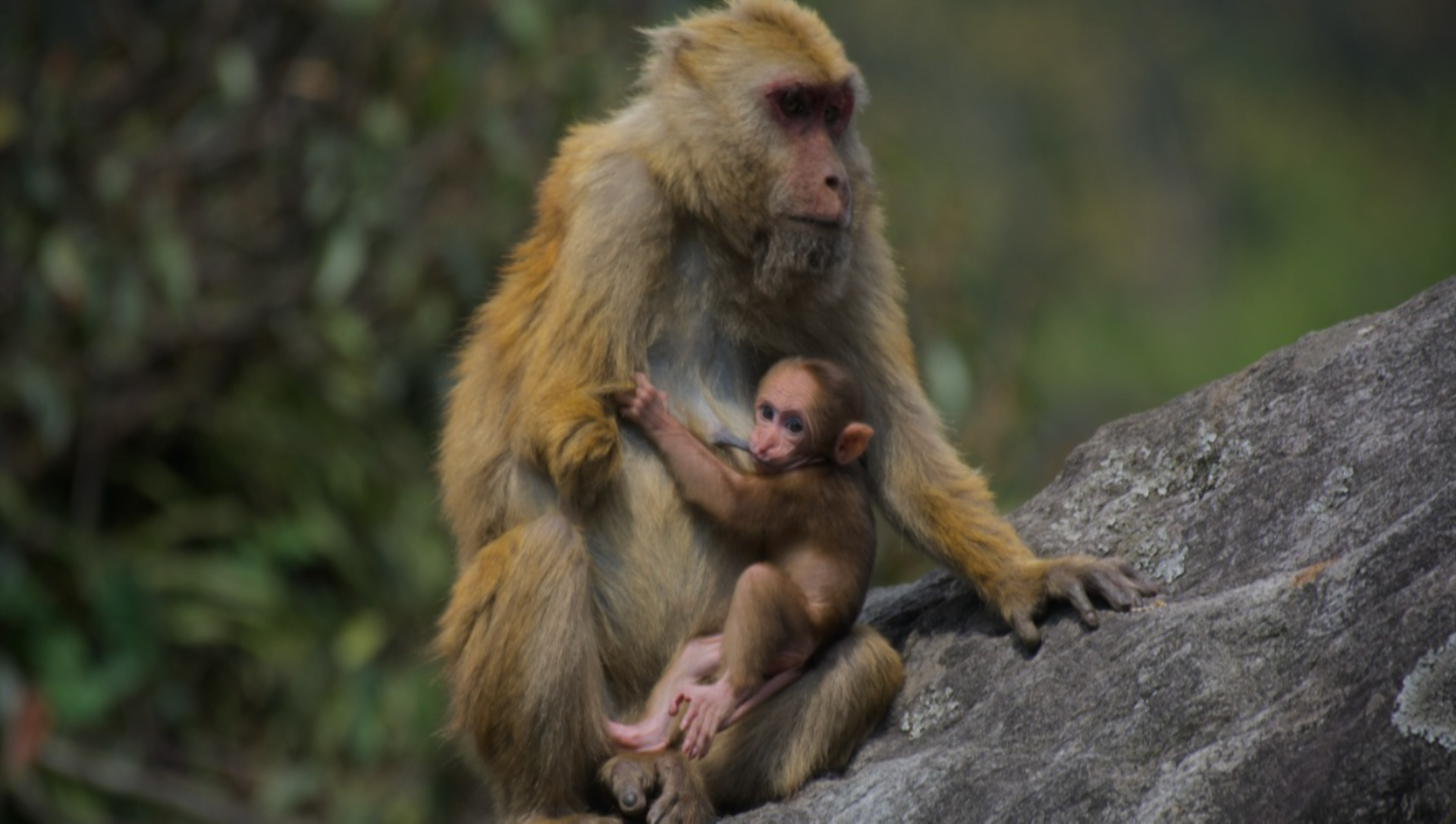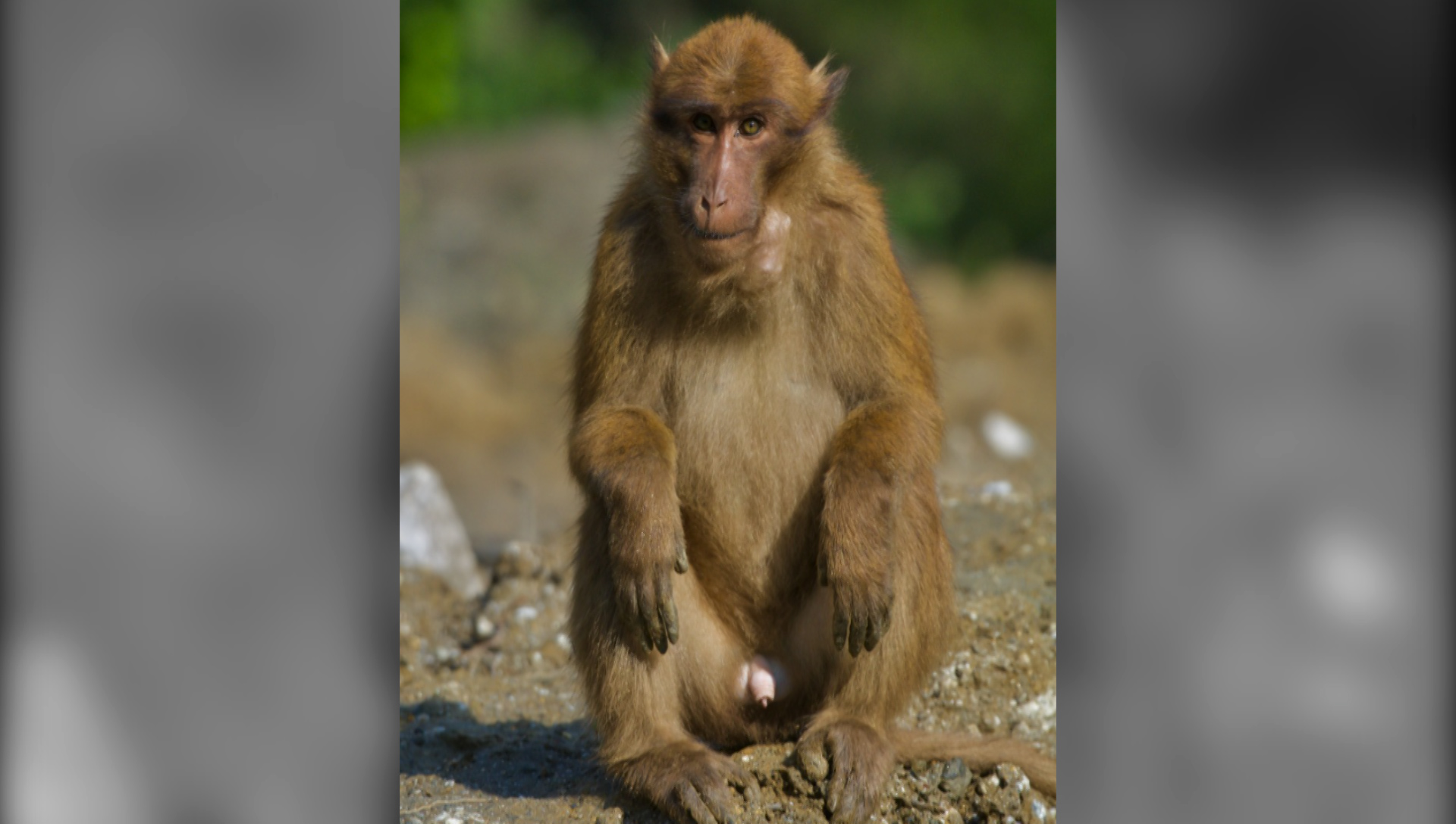


NEW DELHI: At a time when monkey menace continues to grow in many parts of north India, including metropolises, the Zoological Survey of India (ZSI) discovered a ‘genetically different’ monkey species known as ‘Sela macaque’ (Macaca selai) in western and central Arunachal Pradesh.
Scientists have named this species after the mountain pass ‘Sela Pass’ in Arunachal Pradesh. It was found that this species is geographically separated from the Arunachal macaque of the Tawang district by the mountain pass.
The last discovery from Arunachal Pradesh was in 2015 when a group of Chinese scientists from the Modog region in southeastern Tibet discovered White-Cheeked Macaque.
Dr Mukesh Thakur, Scientist-C, ZSI and the lead author of the study, on this new species, told The New Indian, “While working in the eastern Himalayas we have prioritised Arunachal macaque. One of my students (also the first author of this study) Abhijit Ghosh undertook field surveys, collected samples and analysed them in labs. While analysing samples that we collected from the downside of the Sela Pass mountain we found that this population of Arunachal macaque is genetically different and distinct from the Tawang population.”
The Arunachal macaque has a dark face and dark brown coat colour, while the Sela macaque has a pale face and brown coat colour. Scientists also observed distinct behaviours among troops that are common in both species i.e. some troops are habituated to human presence while others avoid human proximity.
The villagers in Arunachal Pradesh had often been beefing about the crop loss in the West Kameng district, with the scientists zeroing in on this breed as the culprit.
“We applied several molecular tools and were surprised to know that both the populations diverged about 1.96 million years ago where past geo-climatic events played a significant role. Moreover, we have also found that the most common recent ancestors diverged about two million years ago,” informs Thakur.
Although not scientifically calculated yet, scientists believe that the population of Sela Macaque is perhaps less than a thousand in number.
The team of scientists from ZSI, who discovered the species, was working in western and eastern Himalayas for the last five years monitoring the large vertebrates while collecting samples, identifying the species and doing a detailed population genetic analysis. Their study has been published in the latest edition of Molecular Phylogenetics and Evolution.
This species might have a trans-border population both in Bhutan and the Tibetan region and the ZSI is now working on transboundary collaborations. Scientists think that in central Arunachal Pradesh, there could be a subspecies of Sela macaque.

Till now there is no dedicated protected area for the Sela macaque. The scientists have collected a few tissue samples and one blood sample for genome analysis and also to revalidate it.
Dr Dhriti Banerjee, Director, ZSI said, “The Sela Macaque requires immediate attention. The present study is vital in revisiting species conservation status under IUCN red list and sufficient for the inclusion of Arunachal macaque and Sela macaque under the Indian Wildlife (Protection) Act, 1972. Also, to better conserve and manage this species, we require transboundary collaboration as well as multi-stakeholders cooperation.”
Established in 1964, the International Union for Conservation of Nature’s Red List of Threatened Species has evolved to become the world’s most comprehensive information source on the global extinction risk status of animal, fungus and plant species, the IUCN website reads.